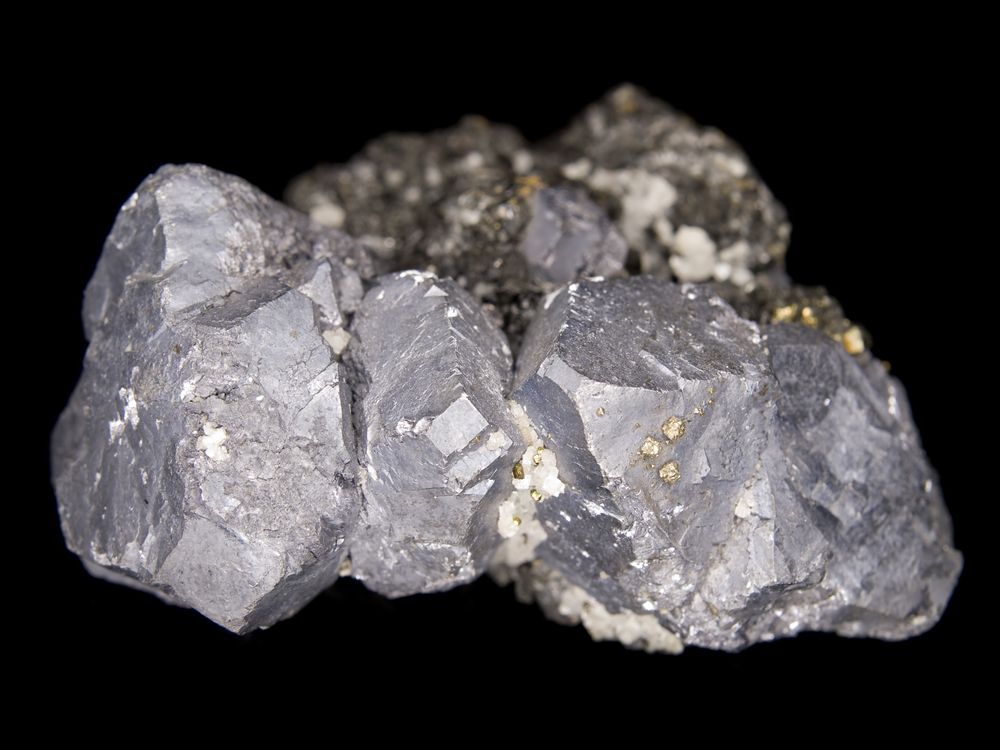
Garlic has been an integral part of human consumption and use for ages. Garlic has been used both as a traditional medicine and as a flavoring agent for decades. There are different varieties of garlic grown across the world. Garlic is widely used around the world for its pungent flavor as a seasoning or condiment.
Read on to know more about the health benefits of garlic!
Garlic belongs to the onion family and is native to Central Asia and northeastern Iran. It contains important minerals like phosphorus, calcium, and iron, as well as some B vitamins and vitamin C. It also contains carbohydrates (33%), dietary fiber (2%), and proteins (6%).

Garlic has innumerable health benefits. Garlic is a rich source of certain sulfur-containing compounds, such as allicin, which provides garlic with numerous health benefits. It helps fight heart disorders, colds, and coughs, and even lowers blood pressure. Garlic contains anti-viral, anti-microbial, and anti-bacterial properties. But, more importantly, the health benefits of garlic include its natural antibiotic and antioxidant properties, both of which may help prevent cancer.
- China produces around 80% of the world’s garlic supply.
- The scientific name of garlic is Allium sativum.
- Garlic was used to prevent gangrene during World War I and World War II.
- Abundant sulfur compounds in garlic are responsible for turning garlic green or blue during pickling and cooking.
A large number of sulfur compounds contribute to the smell and taste of garlic. Allicin is the compound most responsible for the “hot” sensation of raw garlic. Cooking garlic removes allicin, thus mellowing its spiciness.
Let’s have a look at the health benefits of garlic.
Reduces Hypertension
One of the major health benefits of raw garlic is lowering high blood pressure due to the presence of allicin. Allicin is a sulfur-containing compound that helps relax your blood vessels. It also prevents blood clot formation by reducing platelet aggregation. The crushing, chopping, or chewing of raw fresh garlic releases the enzyme alliinase, which results in the formation of allicin. However, the allicin content of garlic decreases with age and cooking.

Lowers Cholesterol Levels
A meta-analysis published in 2018 states that garlic was effective in reducing both total cholesterol and LDL (low-density lipoprotein) cholesterol levels. LDL, often referred to as “bad cholesterol”, is considered harmful to health. Allicin present in garlic effectively prevents LDL cholesterol from oxidizing. As a result, it also helps reduce the risk of heart disorders.

Read about the 6 foods that lower cholesterol here!
Prevents Cancer
Garlic enhances genetic repair, slows down cell proliferation, and prevents the formation of carcinogenic substances in the body. Several studies suggest that garlic can help reduce the risk of certain cancers. A 2014 meta-analysis found that garlic consumption could lower the risk of stomach cancer in Korean people. Another meta-analysis published in 2016 found a moderate inverse association between garlic intake and some cancers of the upper digestive tract.

Boosts Immunity
Garlic contains anti-viral, anti-bacterial, and anti-microbial properties that help prevent bacterial, viral, and microbial infections. The immunity-boosting properties of garlic are due to allicin and other sulfur-containing compounds. It acts as a potent decongestant and expectorant that thins and loosens mucus from the lungs and relieves a stuffy nose. Garlic also prevents coughs, colds, and flu.

Detoxifies Heavy Metal Toxicity
The sulfur-containing compounds of garlic can help protect our body against heavy metal toxicity. A study published in 2011 showed that garlic significantly reduced mild-to-moderate lead toxicity and its related symptoms in people working in a car battery plant.

How to Eat Garlic?
Despite its strong flavor, garlic complements many different foods. You can add minced garlic to marinades. You can mix garlic with nearly any marinade that you already use. Some examples include a garlic-lemon juice marinade, a garlic-soy sauce marinade, or a garlic-ginger marinade. Garlic goes well with all meats and seafood.
You can apply garlic to different kinds of bread, usually in a medium of butter or oil, to create a variety of classic dishes, such as garlic bread, garlic toast, and bruschetta. You can also flavor oils using garlic cloves. Various Indian curries use garlic as a flavoring agent.

Garlic is a popular spice with incredible health benefits that make it a must-have. It might be pungent but it surely brings a unique flavor to the dish.
Disclaimer: Too much ingestion of garlic causes headaches, itching, garlic odor on breath and skin, occasional allergic reactions, stomach disorders, and diarrhea. In extreme cases, it may also lead to a decrease in serum protein levels and is also associated with bronchial asthma.
Nutritional Information
100g of garlic provides 149 Calories, Carbs – 33g (Dietary fiber – 2.1g, Sugar – 1g), Protein – 6.4g, Fat – 0.5g, Sodium – 17mg
And a percentage daily value of Vitamin A – 0%, Vitamin C – 52%, Iron – 9%, Calcium – 18% (based on a 2000-calorie diet).


.png)


